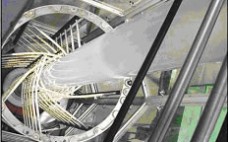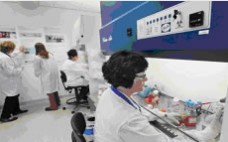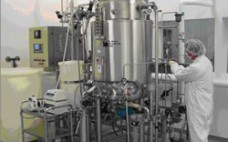As the demand for cell-derived products is rapidly increasing, there are huge pressures on the biomanufacturing industry’s production capacity requirements. To keep up with this demand, more focus is being put into media development strategies for optimizing output from cell culture systems. Serum-based media have traditionally been used to address the individual nutrient requirements of animal cells used in manufacturing protein products, but are now being gradually phased out due to inconsistencies and potential contamination risk.
These factors have created a demand for development of serum-free media that deliver optimal cell growth and productivity. This white paper looks at the challenges facing biopharmaceutical manufacturers today and the role of defined media supplements in addressing those.










